_We may earn revenue from the products available on this page and participate in affiliate programs. Learn more ›
_
We take our gear seriously at F&S, whether it be for hunting, fishing, or camping. Our selections are based on many factors, like quality, price, and purpose—just to name a few. But sometimes there’s more to a fishing jacket or hunting knife than what you see.
Through my years of covering the best outdoor gear, I’ve discovered some really cool brands with some really cool stories doing some really cool things. In our new “Behind the Brand” interview series, we are telling those stories through the words of the founders themselves.
Ask Addison Edmonds to tell you about Gunner and chances are he won’t start talking about his kennel brand. Instead, he’ll start talking about the British chocolate lab that inspired said brand. According to Addison, Gunner was one of those special hunting dogs you only get to experience once in a lifetime. If you’re lucky enough to know what he’s talking about, you’re lucky enough.
Addison’s love of dogs—and more specifically, hunting with dogs—led him on the quest to create better gear. His first goal? Building a safer kennel so he and his best friend could get out together more often. And thus, Gunner as we know it was born. We sat down with Addison to hear more about the pup who started it all, and what’s next for the made-in-America company.
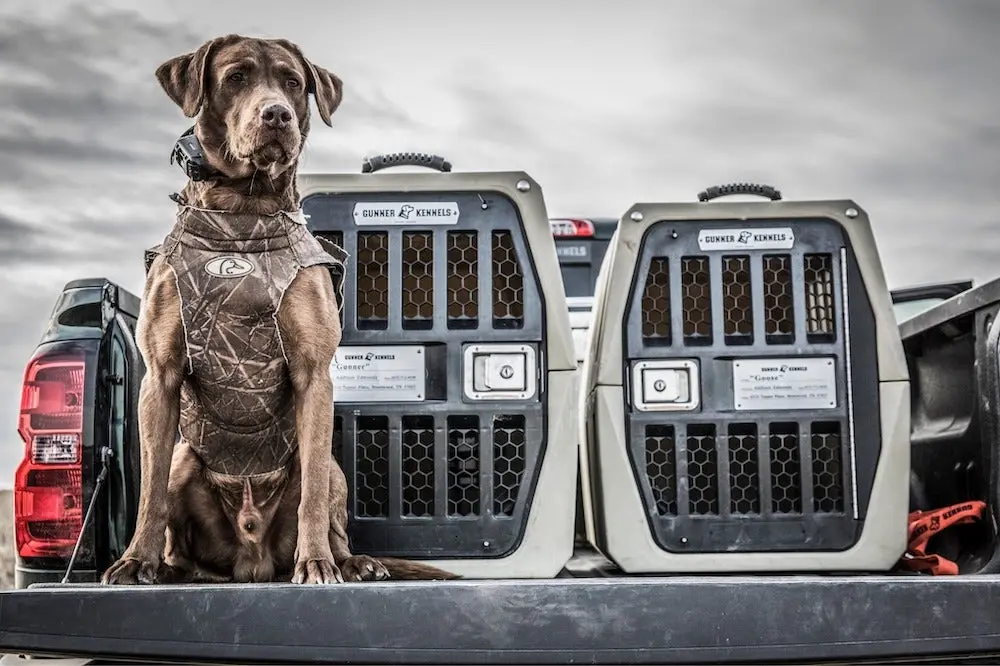
Field & Stream: How did you get into the outdoors?
I have always been obsessed with the outdoors from when I was really young. I can remember just always wanting to go fishing or go hunting. I even decided to go to Ole Miss so I could hunt and fish more.
But I’ve never been satisfied with the tools or gear or really anything I use. I’m always tinkering with things trying to figure out how I can make them better. When I came up with the idea for Gunner, it was kind of a perfect combination of my passion for hunting and fishing and dogs, specifically my dog Gunner. I figured I could go hunting and call it work. So I went with that.
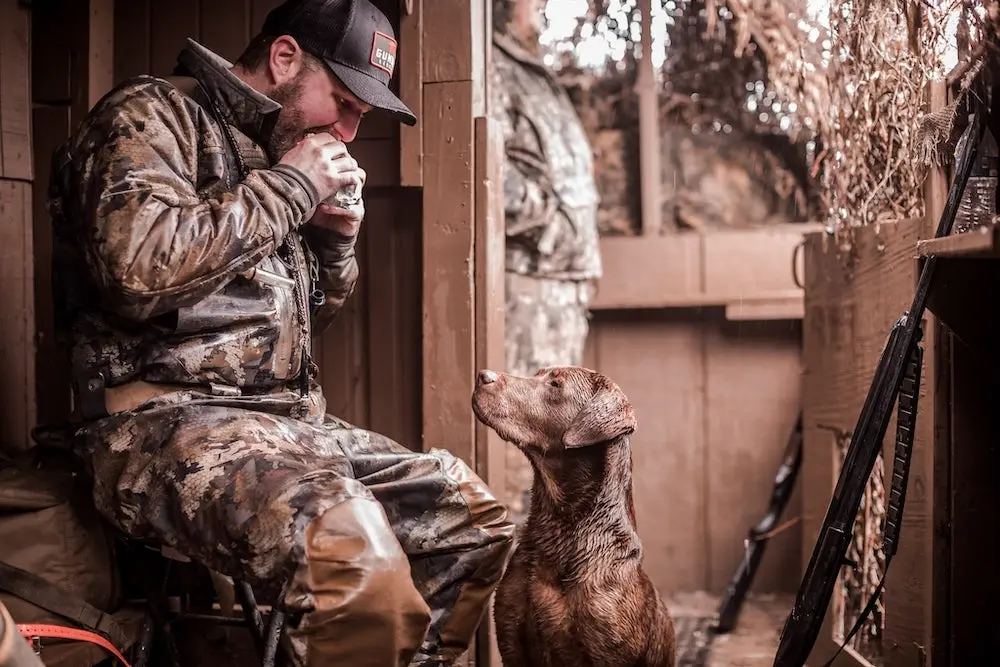
Tell us about Gunner the dog and his story.
I got Gunner my junior year in college. He is the definition of a once-in-a-lifetime dog. He was a British chocolate lab—very well-mannered and very good-looking, always perfectly in shape.
He had more drive for retrieving birds than I had ever seen. The day after I got him, I took him to a dove hunt. I shot a dove that landed pretty close by and he brought it back. He was just a little bitty puppy. And within those same first 24 hours, he learned to sit.
Gunner also did things you can’t really train into a dog. Like if we were out somewhere and he had to go to the bathroom, he would go hide away. He just knew what to do.
He and I were just very in sync. We always knew each other’s thoughts and we just worked together really well. He was a special dog, and a big part of my life. He even played a big part in how I met my wife, Emily. I could go on for awhile about him.
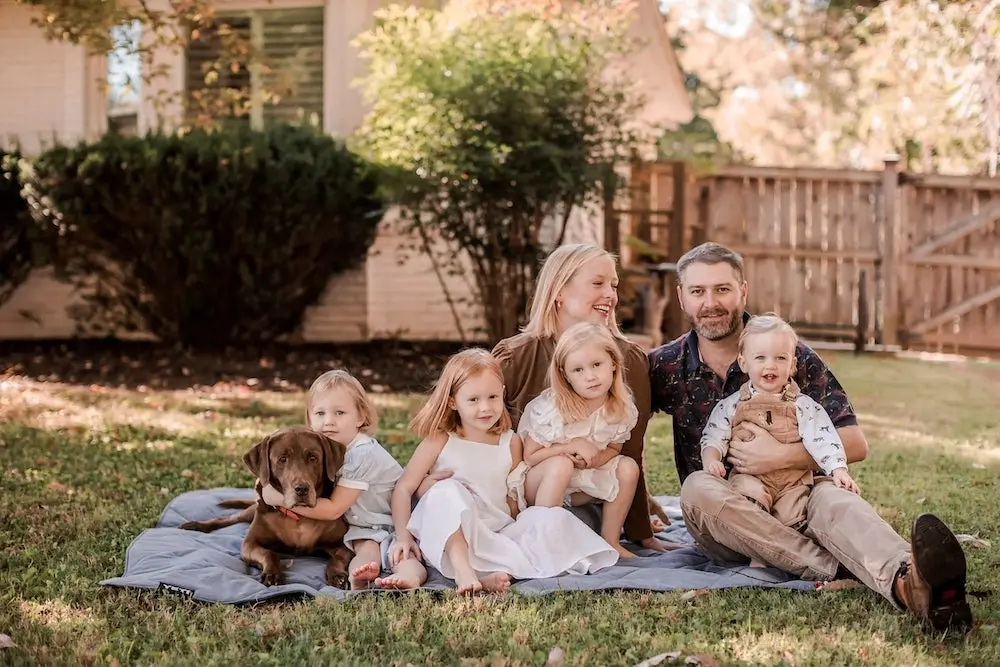
How did you decide to go into kennels vs. other dog gear?
During my senior year, I didn’t know what I was going to do for work, but I was really hoping to find something in the outdoor space. At the time, I was just using a flimsy cheap dog crate for Gunner and was really frustrated with it.
Finally, one day on my way to a hunt, the kennel rolled over. In that moment, I decided, I’m going to fix this because if I don’t do it, somebody else will. And selfishly, I wanted to start a business and make a product for Gunner so we could continue hunting together.
What was your process for designing the original kennel?
Theoretically, the easiest thing to do would have just been to make it a big rectangular box. But I wanted it to be good-looking and stand out and also be functional. I knew what I wanted but I couldn’t visualize it. So I came up with all the parameters, look, and features I had in mind and then used a design firm to bring it to life.
We had to go through a lot of different rounds of changes. It took me about a year and a half to design the kennel just to get to the first prototype. We’ve made at least a dozen changes since then in terms of design and assembly.
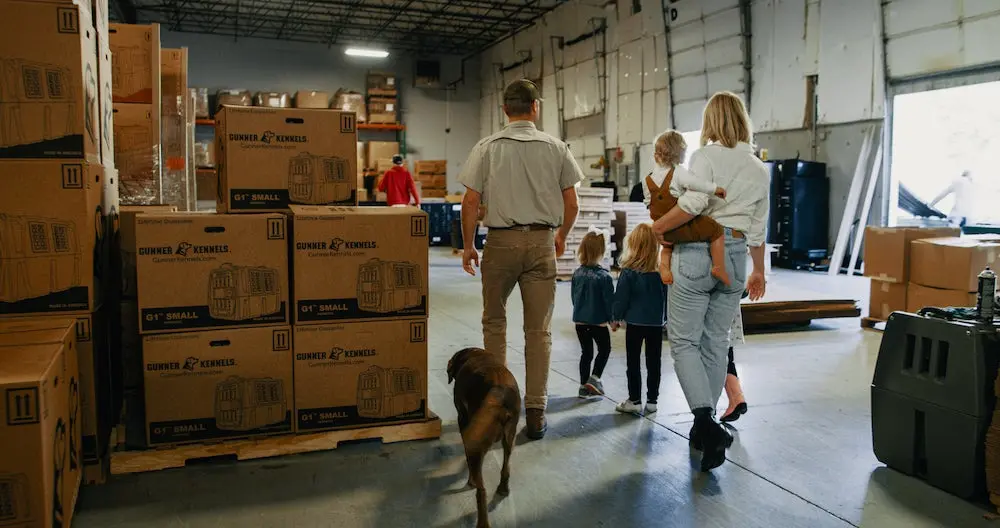
And all Gunner kennels are American-made, right?
Yep. I just didn’t want to send money overseas on a weekly basis. We’re paying manufacturers every week and that money is staying in America. Also from a quality control standpoint, it’s nice to be able to just pick up the phone or get in the truck and go visit with your manufacturer to make sure we’re on the same page, especially with a new product.
What makes a Gunner kennel different than or like more unique than that of another brand?
Originally it was the safety of the kennel. It uses double wall rotational molding similar to a rotomolded Yeti cooler, so it doesn’t break or crack, and we’ve got a lot of thermal features to keep the dog warmer in the winter and cooler in the summer.
Other than that, it’s a little bit of everything that makes our kennel different. There are a bunch of features, from the drain plug to the handles. I wantd to be able to lock the door and I wanted to be able to drain it out and let it dry out easily and carry it and strap it down and have rubber feet on it so it doesn’t slide.
Durability has also always been a big theme with us. I’ve never been able to afford good gear. So all my cheap gear breaks and stops working pretty quickly. So with Gunner, I try to make everything as durable as possible.
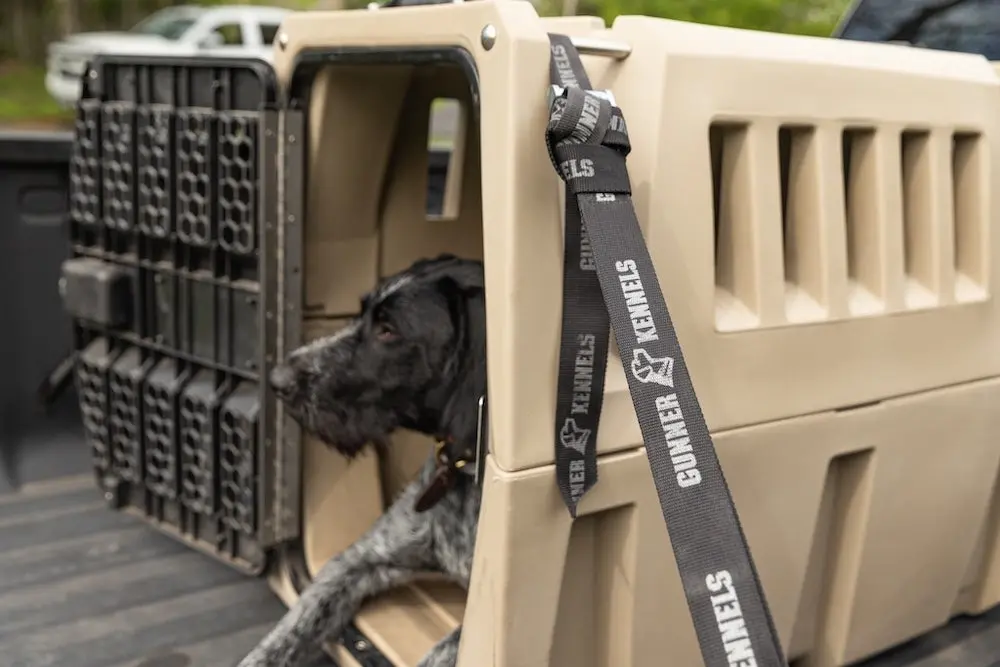
How did you test the kennel?
I did my own kind of backyard testing where I would shoot it with a shotgun. I shot it with a bow. I threw it off a cliff that was a couple hundred feet high. I basically did everything I possibly could. I even threw it off of the back of my truck and drove my buddy’s truck over it just to see what we could do.
And then obviously you’ve got to have third party validation. We found an independent research firm called the Center for Pet Safety that tests dog products. They did a crate crash test where we won top performer. We had dummy dogs just like you’d see in the car commercials.
It actually made a major impact. In the first test, the door wouldn’t stay closed. So I had to totally overhaul and redesign the door. We made it with a door frame and backup latches, even just the stainless steel rivets that connect the hinge to the door panel and the frame, those were aluminum and then we did a crash test and it busted through those.
There are a lot of features and design changes that happened through that crash testing. Even now with the new products we’re doing, we’ve got multiple third party independent researchers that do everything from UV strength and fading to break strength.
We try to do as much as we can. But really there’s nothing like the real world.
Ah yes, the real world. Do you have any good stories from people who have experienced Gunner kennels in action?
There are a couple that come to mind, but one in particular stands out. This girl had a service dog, and her graduation gift was a Gunner kennel. So she got it, and she was driving a little SUV (a Jeep Compass, I think) when she flipped it over in a ditch. It happened to be during a flash flood. They said the kennel was the only thing holding up the roof for them to escape out of the back. If the kennel hadn’t been there, both her and the dog would’ve died.
There have also been a few car fires where the dogs that were in Gunner kennels survived and the others didn’t.
What are your most popular products besides the kennels?
**
We have unbelievable reviews on our dog food crates. Everybody seems to really like those.
**Dog Bowl
**
I’m really excited about our new food and water bowl that’s made in Nashville. It might be our highest rated product, and we can engrave it with your dog’s name. It’s got a leak-proof lid for traveling, so you can take a day’s worth of food or water with you.
It’s really strong, too. I drove my diesel truck over a couple not too long ago, and they held up.
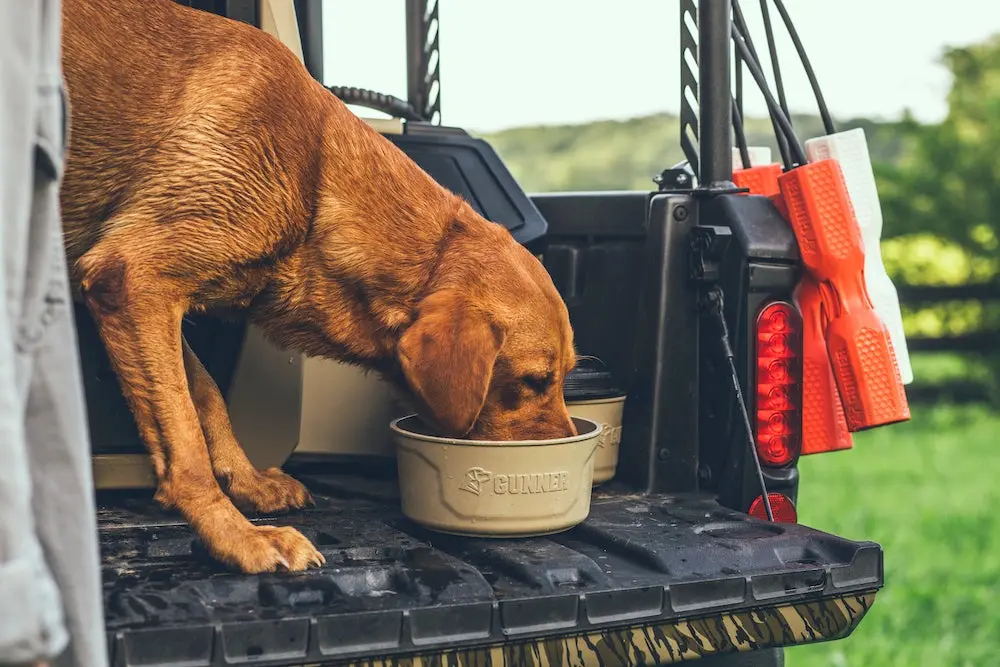
**
Our training bumpers are our first step into the training category that I really like. They seem to be doing well and I’m eager to get more training products out there that we’ve been working on.
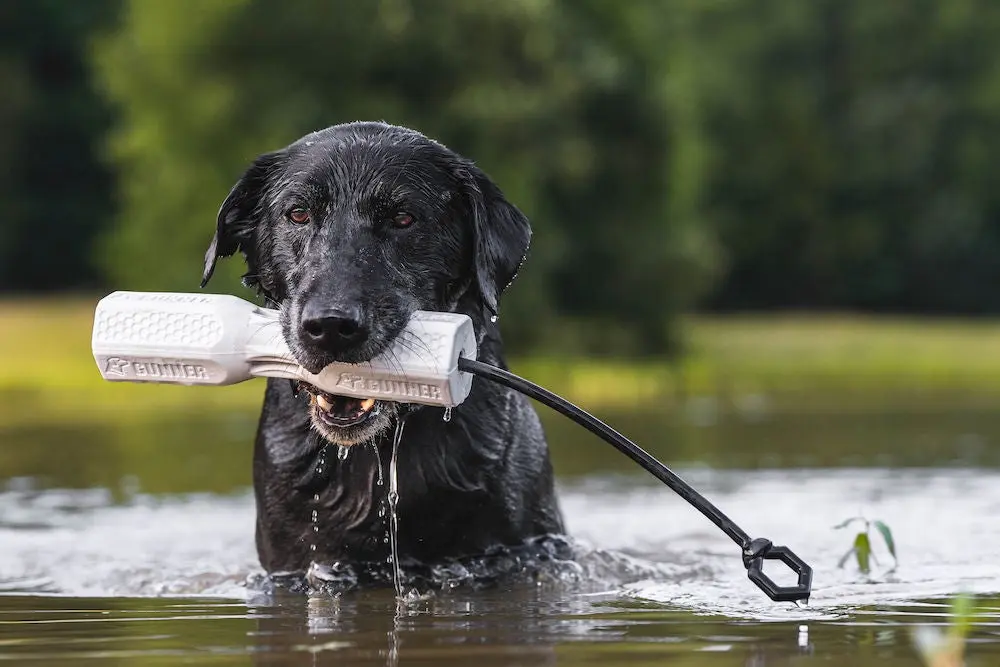
What’s been your favorite or most memorable hunt?
I would have to say it was the season that I knew was going to be one of Gunner’s last. We went up to Canada, outside of Saskatoon. We’d had a bad morning and we were supposed to be leaving the next day. But our guide said he had a feeling about the afternoon, so we rushed out—and had an incredible hunt. We shot an eight-man limit real quick, in like 45 minutes, and Gunner just did perfect.
I called Emily after when we were picking up the decoys and told her I could hang it up. That was the hunt of a lifetime where I was with some of my best friends.
And honestly, I think the whole last season I had with Gunner was one of my favorites. He wasn’t even supposed to make it to duck season, so the fact that he did—those were all some pretty special hunts.
What’s your favorite species to hunt?
Whatever’s in season is my favorite. So if it’s duck season, that’s my favorite. Or if it’s time to go saltwater fishing, then that’s my favorite. I’ve never been a big snob on species, especially with waterfowl.
I’ve always just wanted to get more retrieves for the dog and get something that eats good so I can go cook them for my family.
What do you love most about hunting with a dog?
It’s so cool seeing your work and your communication and your training pay off. But I also love watching the dog thriving and enjoying what he is made to do.
In my opinion, dogs are here to help man and and one of the first ways they did that was through hunting. It’s just a really cool thing to watch a dog use its natural instincts and training during a long retrieve or a hard-to-find retrieve (like a duck that dives). Working together like that is just a special thing.
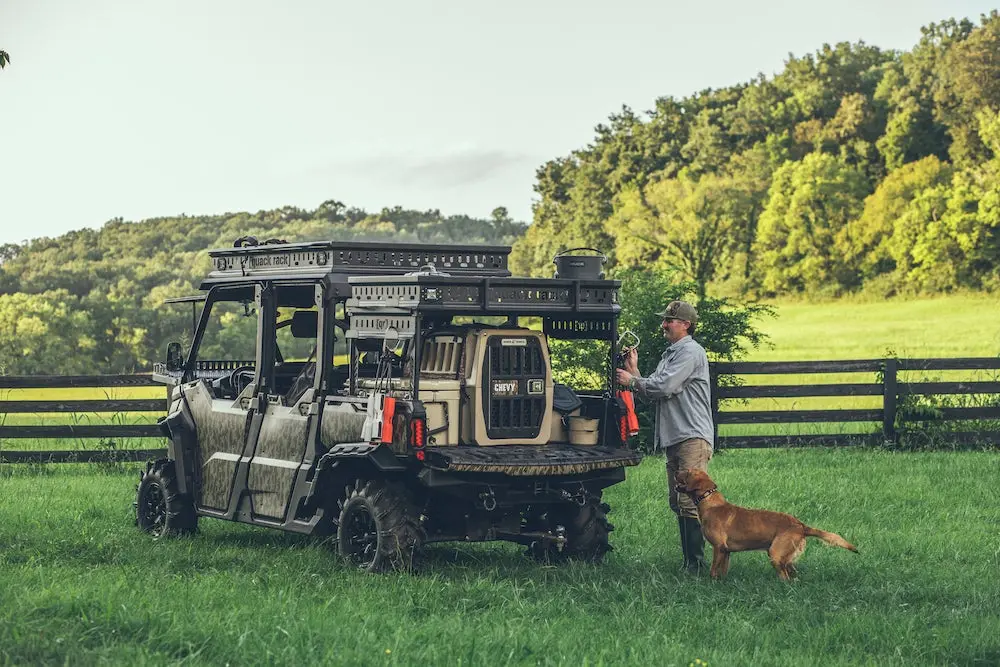
Why Trust Us
For more than 125 years, Field & Stream has been providing readers with honest and authentic coverage of outdoor gear. Our writers and editors eat, sleep, and breathe the outdoors, and that passion comes through in our product reviews. You can count on F&S to keep you up to date on the best new gear. And when we write about a product—whether it’s a bass lure or a backpack—we cover the good and the bad, so you know exactly what to expect before you decide to make a purchase.






